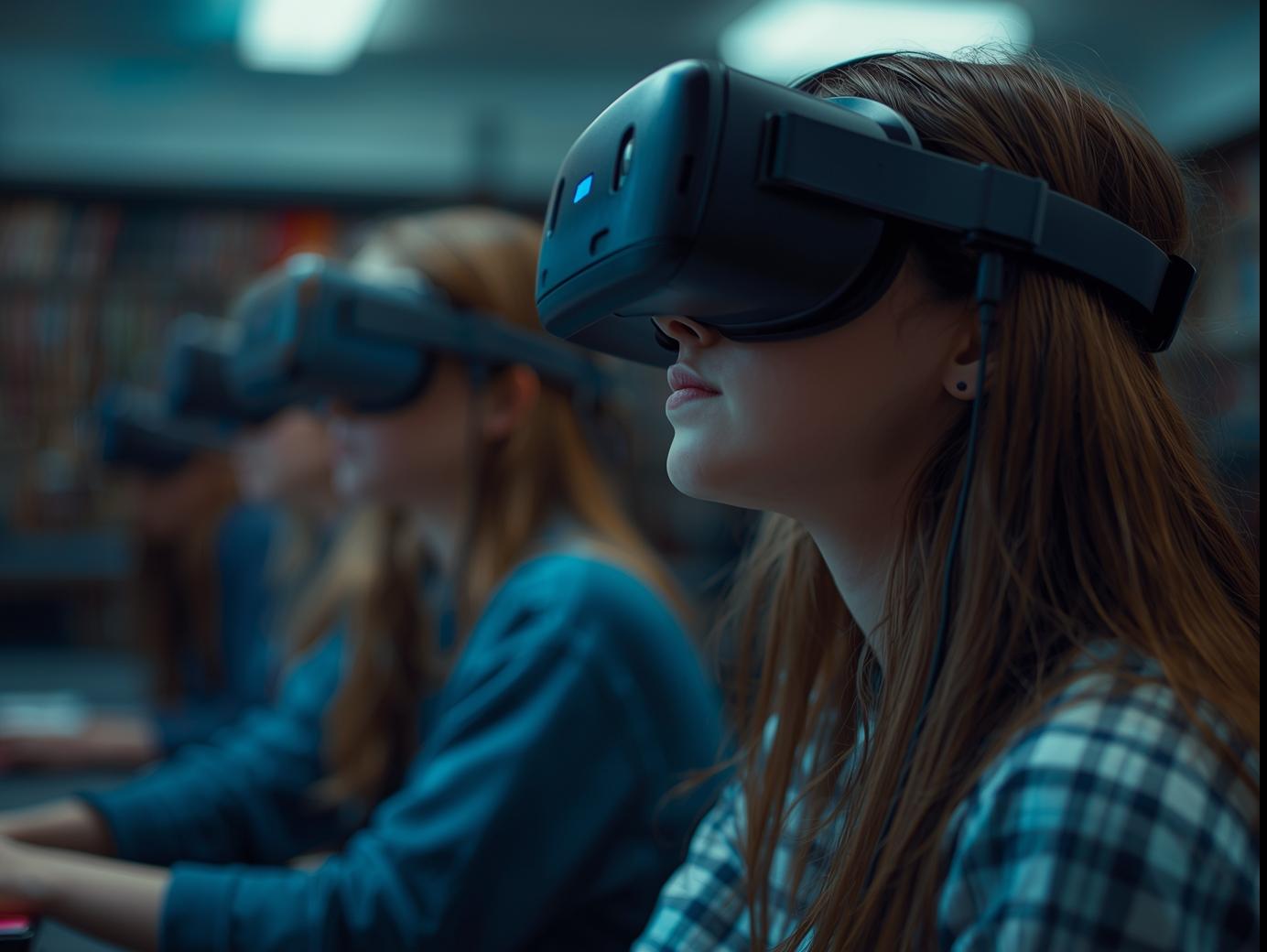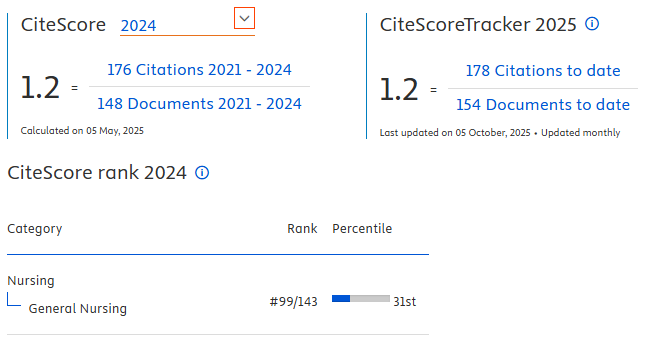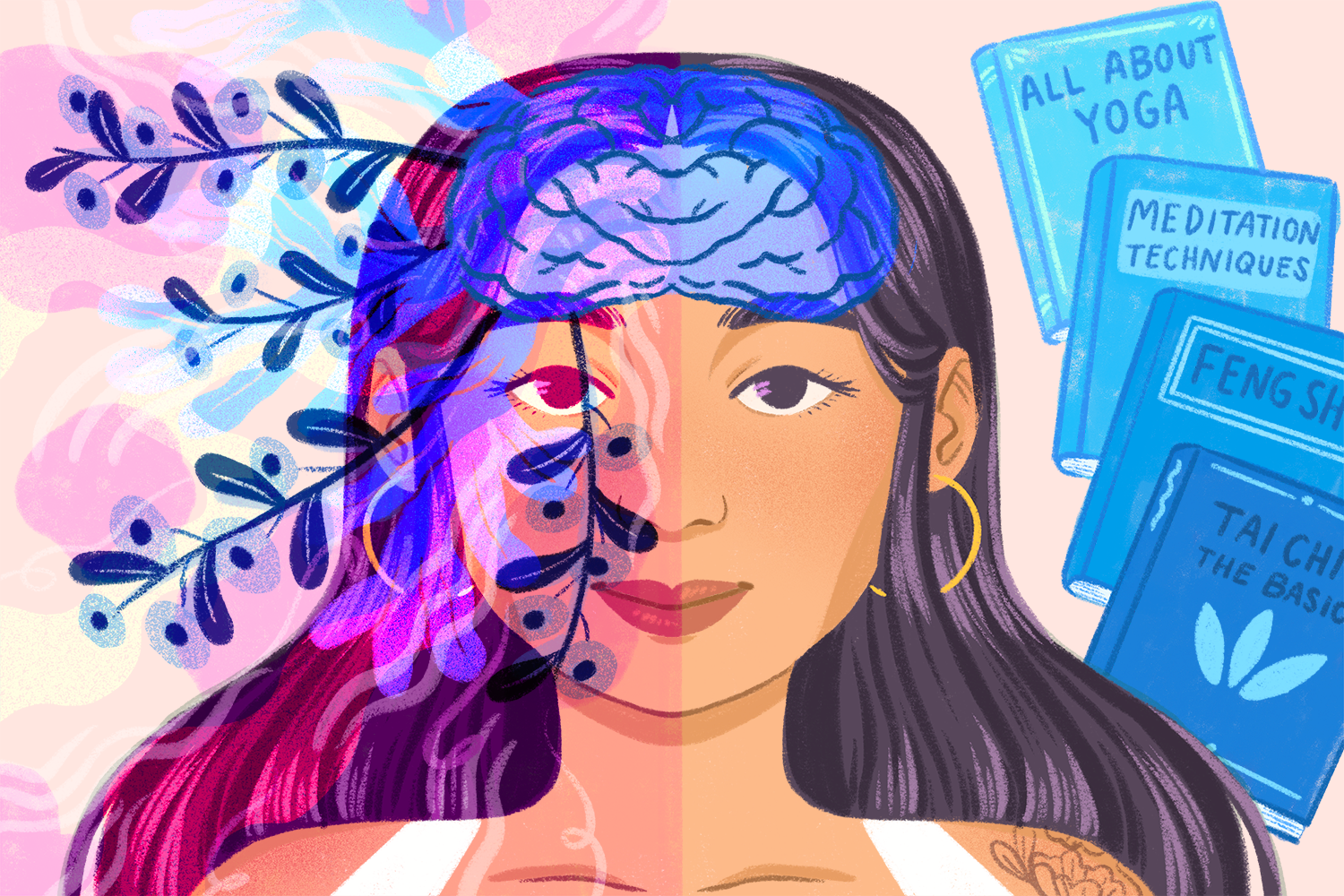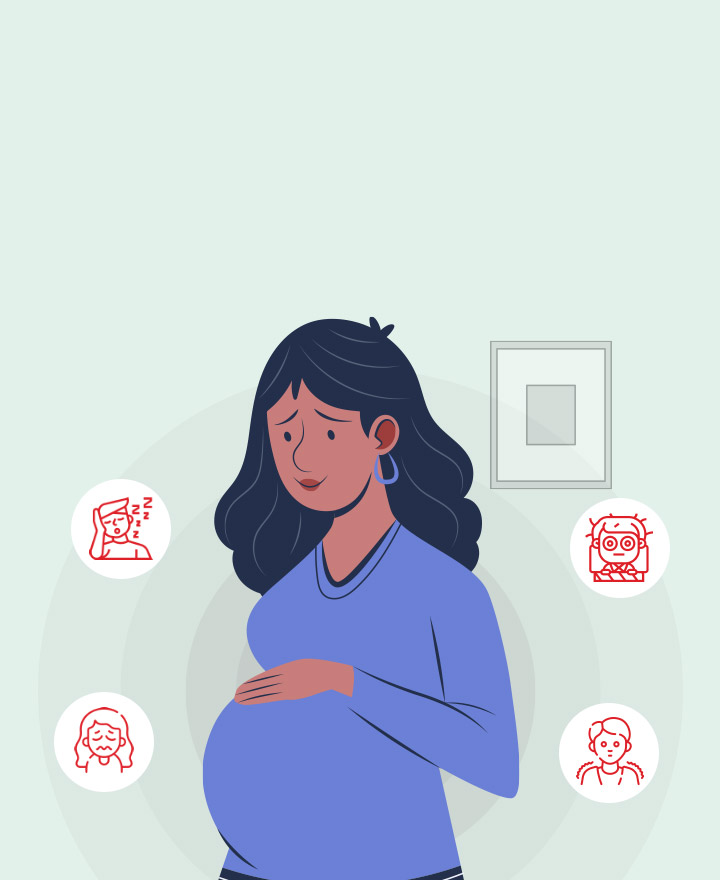Improving or worsening? : the development and evaluation of a VR-based psychotherapy to bullying victims and perpetrators in school adolescents

Downloads
Introduction: This study evaluated the effectiveness of a Virtual Reality (VR)-based emotional regulation intervention in addressing bullying among school adolescents, focusing on changes in self-perceived roles as victims or bullies and associated difficulties.
Methods: This study used a quasi-experimental design, with 98 junior high school students assigned to either a four-session VR intervention (n=33) or a no-treatment control group (n=65). The intervention consisted of four 15-minute psychotherapy sessions using the PeriXa Batin VR module. Data were collected using the Strengths and Difficulties Questionnaire and System Usability Scale (SUS). Statistical analyses included the Mann-Whitney U test, a General Linear Model (GLM), and thematic analysis.
Results: The intervention was associated with a significant reduction in self-perceived bullying behaviors (p < 0.001), particularly among males. However, it also led to an increase in self-reported difficulty scores (p < 0.005). The VR module was received positively, with high usability ratings, although some participants reported minor technical issues and temporary discomfort, such as dizziness. The VR intervention effectively fostered self-awareness, which may explain both the reduction in bullying and the concurrent increase in emotional distress as victims confronted their experiences. The limitations include short intervention duration, small sample size, and reliance on self-reported data.
Conclusions: While VR is a promising tool, schools should implement it alongside support systems, such as counseling, to help students manage the challenges of increased self-awareness. Future research should focus on the long-term effects and integration of such technologies into comprehensive school wellness programs.
Agustiningsih, N. et al. (2024) ‘The impact of bullying and cyberbullying on mental health: a systematic review’, International Journal of Public Health Science. doi: 10.11591/ijphs.v13i2.23683.
Badan Pusat Statistik (2023) ‘Indikator Tujuan Pembangunan Berkelanjutan Indonesia 2023’, Bps.go.id.
Bolan, G., Pozzebon, E. and De Sá Júnior, A. (2024) ‘A study on the discomfort of virtual reality glasses: A systematic review’, International Seven Journal of Health Research. doi: 10.56238/isevjhv3n2-014.
Bouchard, S. et al. (2021) ‘Arguing in Favor of Revising the Simulator Sickness Questionnaire Factor Structure When Assessing Side Effects Induced by Immersions in Virtual Reality’, Frontiers in Psychiatry, 12. doi: 10.3389/fpsyt.2021.739742.
Chhatwal, J. and Lane, R. D. (2016) ‘A Cognitive-Developmental Model of Emotional Awareness and Its Application to the Practice of Psychotherapy’, Psychodynamic Psychiatry, 44(2), pp. 305–325. doi: 10.1521/pdps.2016.44.2.305.
Colombo, D., Asamoa, A. M. and Aggarwal, R. (2023) ‘4.4 Impact of Access to Mobile-Based Guided Meditation on Youth Meditation Behaviors in a Community Sample’, Journal of the American Academy of Child & Adolescent Psychiatry, 62(10), pp. S233–S234. doi: 10.1016/j.jaac.2023.09.248.
Dumville, J. C. et al. (2006) ‘The use of unequal randomisation ratios in clinical trials: A review’, Contemporary Clinical Trials, 27(1), pp. 1–12. doi: 10.1016/j.cct.2005.08.003.
Farrell, A. H., Volk, A. A. and Vaillancourt, T. (2020) ‘Empathy, Exploitation, and Adolescent Bullying Perpetration: a Longitudinal Social-Ecological Investigation’, Journal of Psychopathology and Behavioral Assessment, 42(3), pp. 436–449. doi: 10.1007/S10862-019-09767-6.
Faul, F. et al. (2007) ‘G*Power 3: A flexible statistical power analysis program for the social, behavioral, and biomedical sciences’, Behavior Research Methods, 39(2), pp. 175–191. doi: 10.3758/BF03193146.
Ferreira, K. B. and Coelho, M. G. (2024) ‘As consequências do bullying na vida adulta: impacto sobre a saúde mental’, Revista fisio&terapia., 29(140), pp. 58–59. doi: 10.69849/revistaft/ra10202411232358.
Geytenbeek, M. et al. (2017) ‘The occurrence of early impaired self-awareness after traumatic brain injury and its relationship with emotional distress and psychosocial functioning’, Brain Injury, 31(13–14), pp. 1791–1798. doi: 10.1080/02699052.2017.1346297.
Goyal, P. et al. (2023) ‘The Effect of Mindfulness Practice on Adolescents: A Pilot Study’, Journal of Indian Association for Child and Adolescent Mental Health, 19(2), pp. 207–214. doi: 10.1177/09731342231184628.
Gresse von Wangenheim, C. et al. (2016) ‘A Usability Score for Mobile Phone Applications Based on Heuristics’, International Journal of Mobile Human Computer Interaction, 8(1), pp. 23–58. doi: 10.4018/IJMHCI.2016010102.
Hadi, S. A. and Gharaibeh, M. (2023) ‘The Role of Self-Awareness in Predicting the Level of Emotional Regulation Difficulties among Faculty Members’, Emerging science journal, 7(4), pp. 1274–1293. doi: 10.28991/esj-2023-07-04-017.
Hikmat, R. et al. (2024) ‘Empathy’s Crucial Role: Unraveling Impact on Students Bullying Behavior - A Scoping Review’, Journal of multidisciplinary healthcare, Volume 17, pp. 3483–3495. doi: 10.2147/jmdh.s469921.
Hwang, J. H. (2025) ‘The effects of childhood trauma on bullying - mental health’, International journal of multidisciplinary research updates, 9(1), pp. 1–12. doi: 10.53430/ijmru.2025.9.1.0018.
Ionescu, A. et al. (2021) ‘360° Videos for Immersive Mental Health Interventions: a Systematic Review’, Journal of Technology in Behavioral Science, 6(4), pp. 631–651. doi: 10.1007/s41347-021-00221-7.
Keliat, B. A. and Pasaribu, J. (2023) Prinsip dan praktik keperawatan kesehatan jiwa Stuart, 2nd Indonesia edition. Elsevier Singapore Pte Ltd.
Kim, D., Choo, E. and Ranney, M. (2014) ‘Impact of Gender on Patient Preferences for Technology-Based Behavioral Interventions’, Western Journal of Emergency Medicine, 15(5), pp. 593–599. doi: 10.5811/westjem.2014.4.21448.
Kovačević, M., Mijatović, L. and Gutvjan, N. (2023) ‘Externalising Behaviour Problems In Adolescence Predicted By Parental Monitoring, Practices And Attachment: Exploring The Moderating Role Of Gender’, Annual of Social Work, 29(3), pp. 413–441. doi: 10.3935/ljsr.v29i3.433.
Lewis, J. A., Himmelberger, Z. M. and Elmore, J. D. (2021) ‘I can see myself helping: The effect of self-awareness on prosocial behaviour.’, International Journal of Psychology, 56(5), pp. 710–715. doi: 10.1002/IJOP.12733.
London, M., Sessa, V. I. and Shelley, L. A. (2023) ‘Developing Self-Awareness: Learning Processes for Self- and Interpersonal Growth’, Annual Review of Organizational Psychology and Organizational Behavior, 10(1), pp. 261–288. doi: 10.1146/annurev-orgpsych-120920-044531.
Mak, W. et al. (2018) ‘Efficacy and Moderation of Mobile App–Based Programs for Mindfulness-Based Training, Self-Compassion Training, and Cognitive Behavioral Psychoeducation on Mental Health: Randomized Controlled Noninferiority Trial’, JMIR Mental Health, 5. doi: 10.2196/mental.8597.
Matko, K., Sedlmeier, P. and Bringmann, H. (2022) ‘Embodied Cognition in Meditation, Yoga, and Ethics—An Experimental Single-Case Study on the Differential Effects of Four Mind–Body Treatments’, International Journal of Environmental Research and Public Health, 19. doi: 10.3390/ijerph191811734.
Mohammadi, M.-R., Salmanian, M. and Keshavarzi, Z. (2021) ‘The Global Prevalence of Conduct Disorder: A Systematic Review and Meta-Analysis’, Iranian Journal of Psychiatry. doi: 10.18502/ijps.v16i2.5822.
Momose, Y. and Ishida, H. (2024) ‘Bullying experiences in childhood and health outcomes in adulthood’, PLOS ONE, 19(7), pp. e0305005–e0305005. doi: 10.1371/journal.pone.0305005.
Moore, R. G. (1996) ‘It’s the Thought That Counts: The Role of Intentions and Meta-Awareness in Cognitive Therapy’, Journal of Cognitive Psychotherapy, 10(4), pp. 255–269. doi: 10.1891/0889-8391.10.4.255.
Moroń, M., Doktor, A. and Glinka, K. (2018) ‘Relational Aggressiveness in Adolescence: Relations With Emotional Awareness and Self-Control’, Social Psychological Bulletin, 13(4). doi: 10.32872/spb.v13i4.28302.
Munoz Gomez, E. et al. (2022) ‘Interests and preferences towards technology-based cardiac rehabilitation in men and women with coronary artery disease’, European Journal of Cardiovascular Nursing, 21(Supplement_1). doi: 10.1093/eurjcn/zvac060.047.
Riva, G., Mantovani, F. and Gaggioli, A. (2004) ‘Presence and Rehabilitation: Toward Second-Generation Virtual Reality Applications in Neuropsychology’, Journal of Neuroengineering and Rehabilitation, 1(1). doi: 10.1186/1743-0003-1-9.
Simón-Vicente, L. et al. (2022) ‘Cybersickness. A systematic literature review of adverse effects related to virtual reality’, Neurologia, 39(8), pp. 701–709. doi: 10.1016/j.nrl.2022.04.009.
Slater, M. (2018) ‘Immersion and the Illusion of Presence in Virtual Reality’, British Journal of Psychology, 109(3), pp. 431–433. doi: 10.1111/bjop.12305.
Souchet, A. et al. (2022) ‘A narrative review of immersive virtual reality’s ergonomics and risks at the workplace: cybersickness, visual fatigue, muscular fatigue, acute stress, and mental overload’, Virtual Reality, 27, pp. 19–50. doi: 10.1007/s10055-022-00672-0.
Streng, N. (2018) ‘The Bully and the Beast: Correlations between Psychopathic Traits and Bullying in a Sample of University Students’.
Tong, J. et al. (2017) ‘Distress, Psychotic Symptom Exacerbation, and Relief in Reaction to Talking about Trauma in the Context of Beneficial Trauma Therapy: Perspectives from Young People with Post-Traumatic Stress Disorder and First Episode Psychosis’, Behavioural and Cognitive Psychotherapy, 45(6), pp. 561–576. doi: 10.1017/S1352465817000236.
Topalalioğlu, S. (2025) ‘Role of Interpersonal Sensitivity and Cognitive Distortions in the Development of Psychopathologies’, Psikiyatride Güncel Yaklaşımlar, 17(2), pp. 261–271. doi: 10.18863/pgy.1484640.
Volk, A. A., Dane, A. V. and Marini, Z. A. (2014) ‘What is bullying? A theoretical redefinition’, Developmental Review, 34(4), pp. 327–343. doi: 10.1016/j.dr.2014.09.001.
Widyatuti, Hafilah Shabrina, C. and Yuni Nursasi, A. (2018) ‘Correlation between parent-adolescent communication and adolescents’ premarital sex risk’, Enfermería Clínica, 28, pp. 51–54. doi: 10.1016/S1130-8621(18)30036-6.
Wittmann, L., Blomert, E. and Linden, M. (2025) ‘Patients’ perception of side effects in cognitive-behavior, psychodynamic, and psychoanalytic outpatient psychotherapy’, Psychotherapy Research, 35(1), pp. 112–124. doi: 10.1080/10503307.2023.2290029.
Zahra, S. L. and Hayati, M. (2022) ‘Kondisi Self Awareness Pada Anak Korban Bullying’, JECED : Journal of Early Childhood Education and Development, 4(1), pp. 77–87. doi: 10.15642/jeced.v4i1.1854.
Copyright (c) 2025 Jurnal Ners

This work is licensed under a Creative Commons Attribution 4.0 International License.
Authors who publish with Jurnal Ners agree to the following terms:
- Authors transfer the Copyright and grant Jurnal Ners the right of first publication with the work simultaneously licensed under a Creative Commons Attribution 4.0 International License that allows others to remix, adapt and build upon the work with an acknowledgment of the work's authorship and of the initial publication in Jurnal Ners.
- Authors are permitted to copy and redistribute the journal's published version of the work (e.g., post it to an institutional repository or publish it in a book), with an acknowledgment of its initial publication in Jurnal Ners.
Jurnal Ners requires a formal written declaration and transfer of copyright from the author(s) for each article published. We, therefore, ask you to complete and return this form, retaining a copy for your own records. Your cooperation is essential and appreciated. Any delay will result in a delay in publication. The form can be downloaded HERE.
































